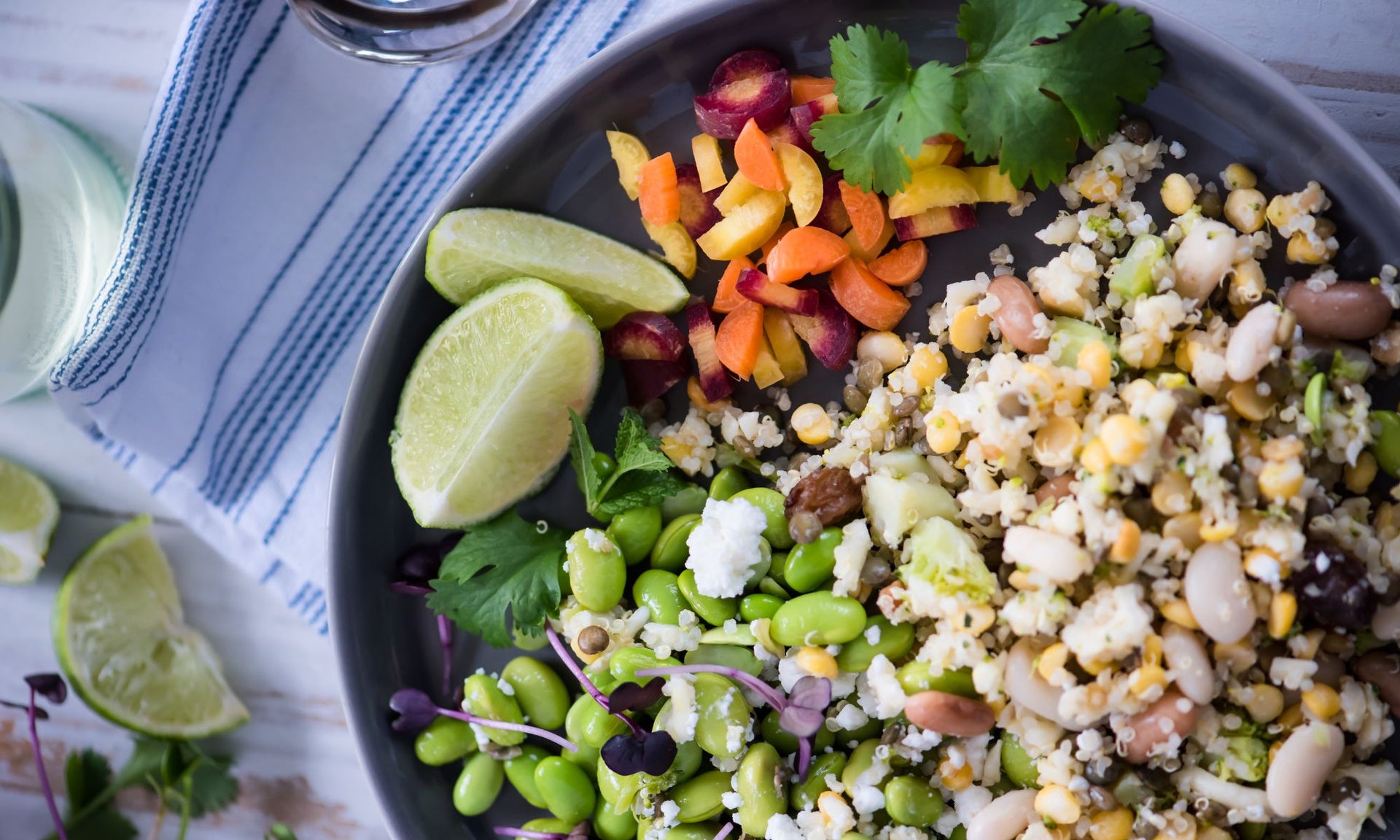Top 5 Benefits of Eating Wholefoods

The Benefits of Wholefoods for Gluten-Free Living
1. Nutrient-Rich Choices:
Wholefoods, such as fruits, vegetables, nuts, seeds, and legumes, offer a plethora of essential nutrients. These foods are naturally gluten-free and provide the body with vitamins, minerals, and antioxidants necessary for optimal health.
2. Gut-Friendly Fiber:
Fiber plays a crucial role in maintaining digestive health. Wholefoods are excellent sources of dietary fiber, promoting regular bowel movements and supporting a healthy gut microbiome. This is particularly beneficial for those with gluten intolerance or Coeliac disease, as digestive health is often compromised.
3. Nutritional Healing:
Wholefoods possess inherent healing properties, aiding in the restoration of the body's nutritional balance. Incorporating a variety of nutrient-dense wholefoods can help individuals with Coeliac disease counteract nutritional deficiencies caused by malabsorption.
4. Energy Boost:
Consuming wholefoods can contribute to sustained energy levels throughout the day. Unlike processed foods that may cause energy spikes and crashes, the complex carbohydrates found in wholefoods provide a steady source of energy.
5. Variety and Flavor:
Maintaining a gluten-free diet doesn't mean sacrificing flavor or variety. Wholefoods offer a diverse range of tastes, textures, and culinary possibilities, making gluten-free living enjoyable and satisfying.
Embracing a Wholefoods Lifestyle: Practical Tips
1. Explore Ancient Grains:
Experiment with gluten-free ancient grains like quinoa, amaranth, sorghum, teff and millet. These nutrient-rich alternatives add variety to your diet while providing essential amino acids.
2. Discover Gluten-Free Flours:
Explore gluten-free flours such as almond, coconut, or chickpea (besan) flour for baking. These alternatives not only cater to dietary restrictions but also bring unique flavors to your recipes.
3. Prioritize Fresh Produce:
Make fresh fruits and vegetables the cornerstone of your diet. They are naturally gluten-free, packed with nutrients, and contribute to overall well-being.
4. Read Labels and Stay Informed:
Become adept at reading food labels to identify hidden sources of gluten such as glucose, soy sauce, and thickeners such as dextrin (1400) from wheat.
Other thickeners such as 1401 up to 1450 are usually made from tapioca, maize or potato starch which are generally gluten free.
However it's always important to check for 'contains' labelling, 'may contains' and highlighted ingredients for allergen statements.
Remember that starches in general don't contain much nutrient value, so for a more nutrient-dense approach consider using these in smaller ratio to wholefoods flours when baking.
As a consumer, opt toward products which are labelled as 'gluten free', as these brands have usually undergone verification and quality processes to ensure the integrity of their products.
Look for brands endorsed by Coeliac Australia, or check the products website for allergen statements to support trusted brands offering safe options.
Conclusion: Navigating gluten intolerance and Coeliac disease requires knowledge, commitment, and a positive approach to dietary choices. By embracing the benefits of gluten free wholefoods, individuals can not only manage their conditions effectively but also embark on a journey toward improved health, vitality, and a rich culinary experience. Wholefoods not only serve as a foundation for a gluten-free lifestyle but also contribute to the holistic well-being of individuals seeking nourishment from nature's bounty.
